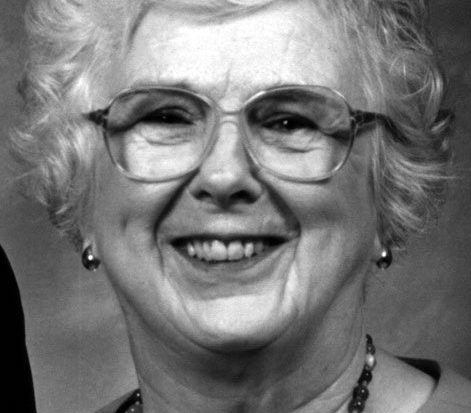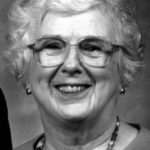
By Ruth Gadebusch

Our Fulton Mall was the first in the country and was so exciting, but instead of appreciating it we forgot all about zoning and began developing large shopping centers well beyond “downtown”—in advance of the population. Build it and they will come was the philosophy. It worked, and we were surprised that the Fulton Mall no longer shown so brightly. The same could be said of the corner neighborhood shopping centers neglected and abandoned for ever newer ones farther out. What did we expect?
We built a wonderful convention center with a sports arena but allowed the university to build another on the outskirts of town. At least the community college filled the vacated space left when the university moved north. Renovation on the north edge of that mall gave hope, but the main developer responsible now wants to build a pharmacy school waaayyy out at Millerton Lake.
A hospital moves to the then “boonies” and lo and behold medical offices follow. Consolidating the County and Community Hospitals saved downtown from a dearth of medical facilities. Children’s Hospital moved across the river with nary a thought given to the need of public transportation to serve a large portion of its clientele.
Instead of encouraging public transportation, the mayor wants to open up Fulton Mall to cars. Be it public transportation or private automobiles, it is what’s at the end of the ride that matters. There has to be a reason to go downtown. We seem to be better at building reasons to go elsewhere than downtown.
The long hoped for bullet train is constantly criticized, shooting down the vision of connecting this valley to the rest of the state, to say nothing of building cohesiveness between North and South. What better than for tourists to have a connection from a downtown station to Yosemite and Sequoia-Kings Canyon parks?
It is often said that what the downtown needs is people—people who work and live there. Yet all manner of attractions are allowed to move north enhancing that affluence while reinforcing the poverty of downtown. Then, we are surprised that downtown is not thriving. We can’t have it both ways.
To be commended is the U.S. Postal Service for building its main facility in the downtown area and the Fresno Unified School District for assuming the former “main post office.” The County Schools also found larger quarters in the heart of downtown, as did other government operations including all levels of the courts; although many law offices have joined the northward march. Another plus are the art studios tucked here and there.
Although the polluted air and drought can’t be ignored, there are serious limitations to what we can do about them and other such things, but we can take control of our zoning. Actually the limitations are more in our attitude than reality. It is just that results are more long term than instant gratification.
Those of us who have been fortunate enough to visit other parts of the world often marvel at their viable city centers and wonder what happened to ours. There is a simple answer: Land there is too valuable to allow sprawl. We are accustomed to more personal space but with an increasing population our land is becoming dearer too. We must accommodate. A thriving city needs a thriving center, a heart. There are no quick fixes, but with effort and patience we can repair the damage. We just need to think before we act. Downtown did not just disappear. It was pushed and it is sprawled all around us.
*****
Ruth Gadebusch, a community activist, is a veteran, a former member of the Fresno Unified School board and the California Commission on Teacher Credentialing, and an emeritus member of the Board of Directors of the Center for Civic Education.
